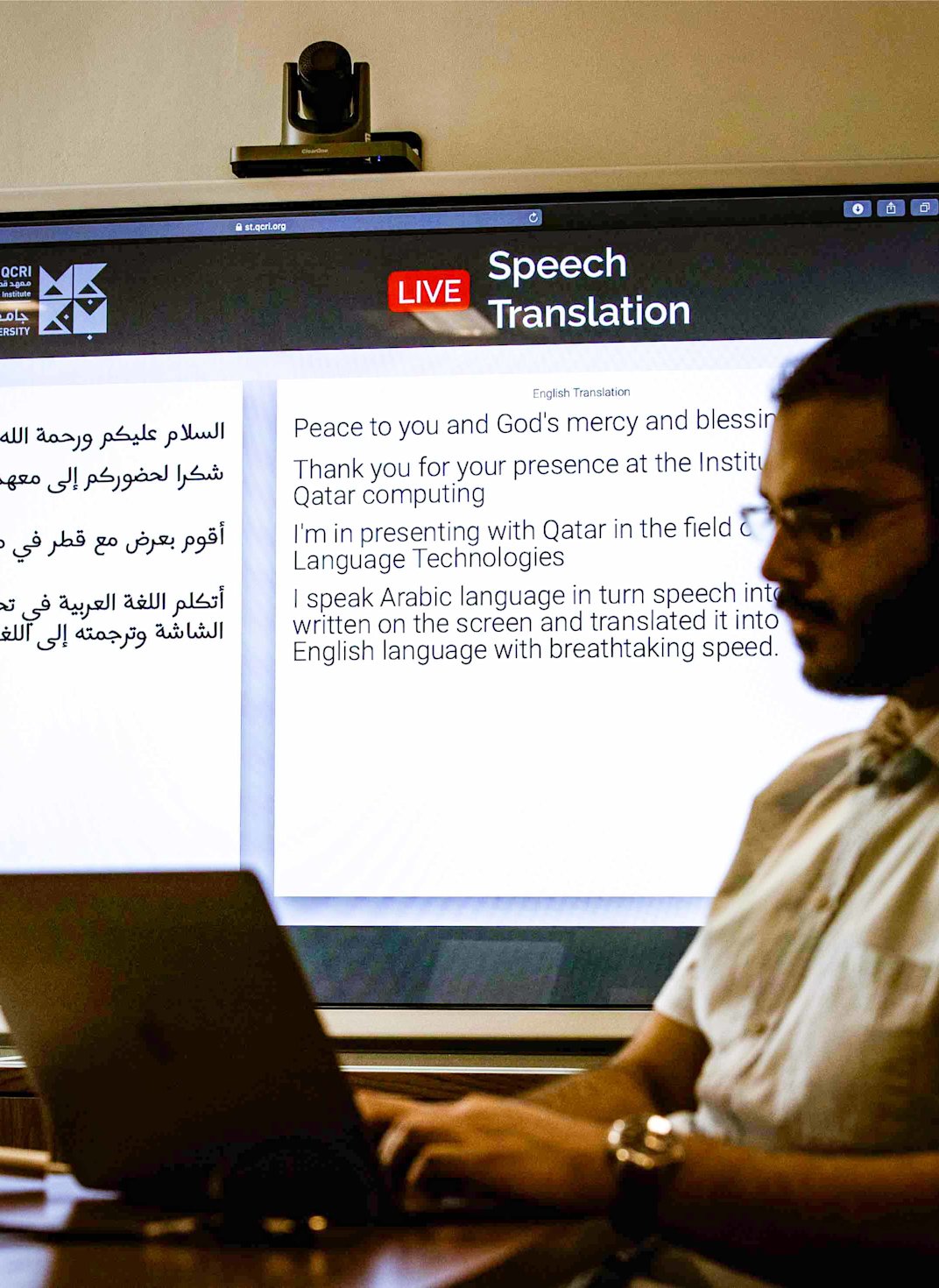A recent study on the status and future of the Arabic language revealed both challenges and positive trends for the world's fifth most spoken language. The report, titled "Status Report and the Future of the Arabic Language, " found that Arabic is experiencing a surge in popularity in new regions, while also facing pressure from the dominance of English in academic publishing and the digital sphere.
One of the report's key findings is the growing disconnect between Classical Arabic, the formal language used in literature and religious texts, and everyday spoken Arabic dialects. The report highlights the challenges of integrating Classical Arabic into modern communication channels, particularly social media and digital advertising. This exclusion raises concerns about the future of Classical Arabic and its role in unifying the vast Arabic-speaking world.
However, the report also identifies a thriving Arabic language scene in the realm of social media and online communication. Younger generations are increasingly using Arabic online, creating a unique blend of dialects and slang that reflects the evolving nature of the language. This trend indicates the potential for Arabic to adapt and flourish in the digital age.
The report also explores the growing interest in Arabic learning around the globe. Educational institutions in America, Asia, and Europe are witnessing a rise in Arabic language programs, fueled by factors such as globalization and increased cultural exchange. This trend suggests a promising future for Arabic as a language of international communication.
On the other hand, the report sheds light on the dominance of English in academic publishing within the Arab world. The findings show that over 60% of Arab researchers choose to publish their work in English-language journals for wider circulation and recognition. This reliance on English hinders the development of a robust Arabic academic literature base, which is crucial for fostering research and knowledge production in the region.
The report underscores the need for initiatives that bridge the gap between Arabic and the scientific world. Encouraging the translation of academic works into Arabic and fostering a culture of scientific research in Arabic are identified as key steps to ensure the language's continued development in the modern era.
In conclusion, the preliminary findings of the "Status Report and the Future of the Arabic Language" paint a complex picture of a language in flux. While Arabic faces challenges from the dominance of English in academia and the evolving nature of communication, the report also highlights the language's potential to thrive in the digital age and gain prominence on the global stage. The future of Arabic appears to lie in its ability to adapt to the modern world while preserving its rich heritage.

